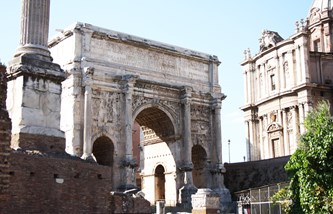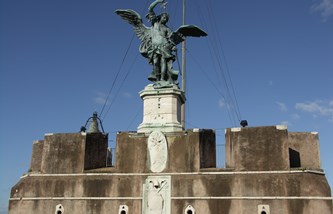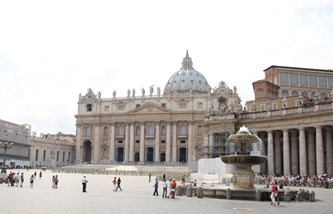Tours

Rome Tourist Card
Rome Tourist Card
Snap up the Rome Tourist Card and you'll get everything you need to explore Rome's top highlights including Colosseum, Palatine Hill, Roman Forum and Hop on/off bus. You can even choose the order you see things in.

Colosseum, Roman Forum & Palatine Hill: Priority Entrance
Colosseum, Roman Forum & Palatine Hill: Priority Entrance
Skip the long lines at the Colosseum with this priority-entrance ticket. This ticket will let you bypass the crowds. And after exploring the Colosseum you can head to the area of the Roman Forum and the Palatine Hill.
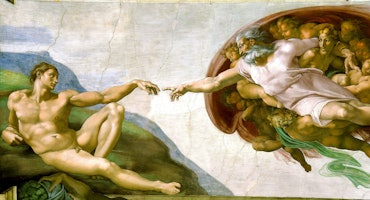
Vatican Museums & Sistine Chapel: Skip The Line
Vatican Museums & Sistine Chapel: Skip The Line
This ticket will make you save stress and time by allowing you to get priority entrance and skip the line. Visit the the countless masterpieces by Michelangelo, Raphael, Caravaggio, Tiziano and the Sistine chapel.
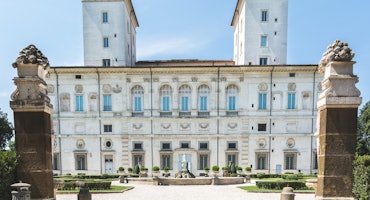
Borghese Gallery: Fast Track
Borghese Gallery: Fast Track
Galleria Borghese is located in the villa of the park Villa Borghese. Admire the architecture and furnishings of this beautiful villa. It is a museum full of art from the Renaissance. The collection includes several sculptures and paintings. Because of limited capacity get tickets for this museum weeks in advance.
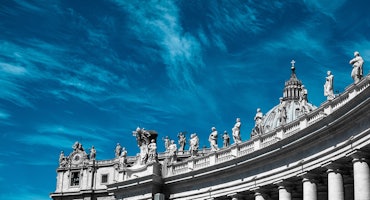
St. Peter’s Basilica: Dome Climb with Guide
St. Peter’s Basilica: Dome Climb with Guide
Get the most out of your visit to St. Peters with a guided tour to climb the basilica’s dome designed by Michelangelo and admire one of the stunning view. After the tour, you can explore the the basilica at your own pace.
Ara Pacis Augustae
Ara Pacis Augustae or the Altar of Augustan Peace was built for Emperor Augustus under a decree issued by the Roman Senate in 13 BCE. As the name suggests, the altar symbolizes peace as to honor Augustus’ victorious return to Rome after restoring law and order in Spain and Gaul, through rigorous peace campaigns and talks.
On the 30th of January in the year 9 BC, the altar was consecrated. This was the birthday of Augustus’ wife – Livia.
Relief carvings depicting Augustus and his family can be seen on the south wall of the altar. Depictions of Augustus’ friends and four priests can be seen as well on this side. You can recognize August easily from all the sculptures because he is largely represented. Scenarios of feasts in ancient times such as the feast of Pan and Larcalia Aenas are also depicted in this side of the altar.
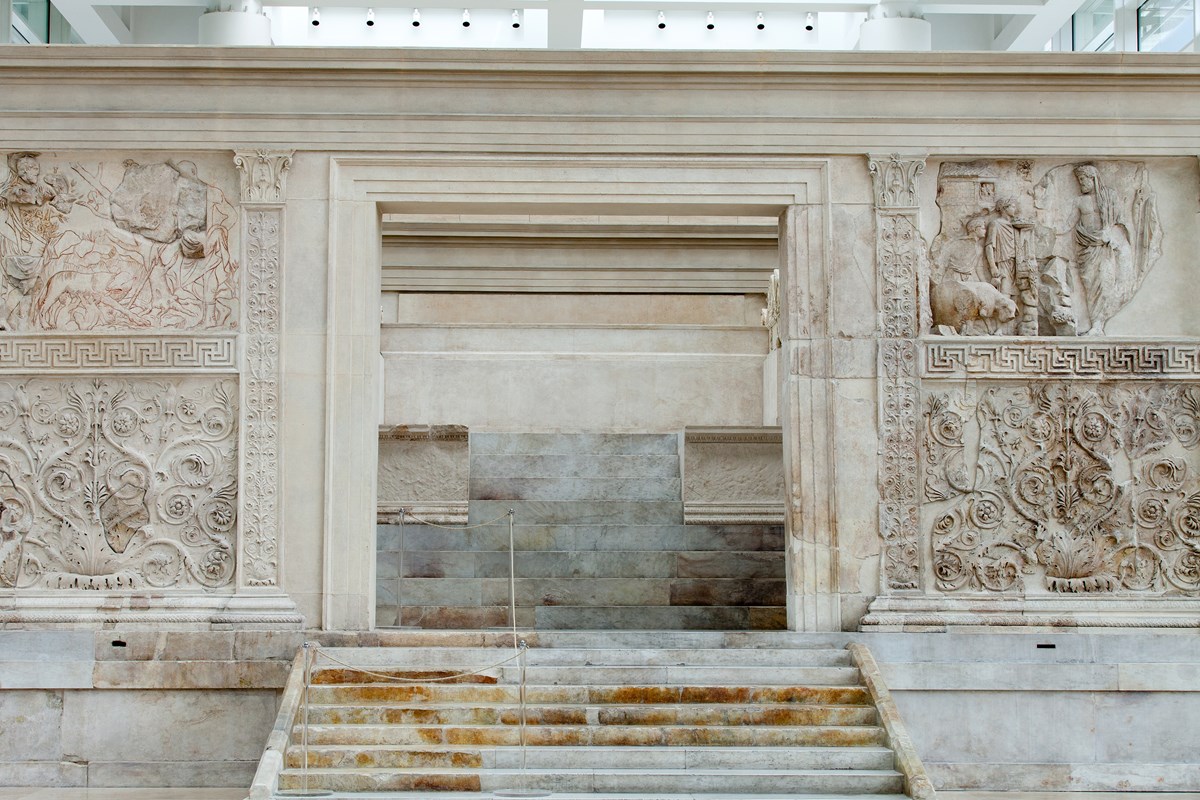
The north side shows images of the senate and the people. Accordingly, the altar was built for the people, so it was deemed important that they’d be put in the altar. However, the Senate was still the most represented. The text on the altar says “Res gestae divi Augusti”. It means “The Acts of the Divine Augustus”.
The goddess Roma is shown on the left side of the east wall. As said, the goddess monitors the weaponry which it sits on. This symbolically tells us that Rome was at peace but the weapons are ready for use, if needed. An unknown goddess is shown in the right side of the east wing. However, it is suspected to either be Tellus, Venus or Roma Italia.
On the west side of the altar is a tribute to the founders of Rome. Depicted here are Romulus and Remus with their father, Mars.
The marble altar has been buried in the sands of time and was forgotten. In 1568, the first remains of Ara Pacis were found under the Palazzo Alamgià. These findings were then divided to Florence, the Pope and the Thermen Museum. In 1879, Frederich von Duhn identified the Ara Pacis per se. The official excavations took place from 1903 to 1938. These excavations brought out some parts of the altar. To protect the remains, these were then put together and placed in a glass hall near the Mausoleum of Augustus near the Tiber.
Visiting hours
Tuesday to Saturday from 9.00 to 13.30
Sunday from 9.00 to 13.00
Entrance
Full price 1.94

